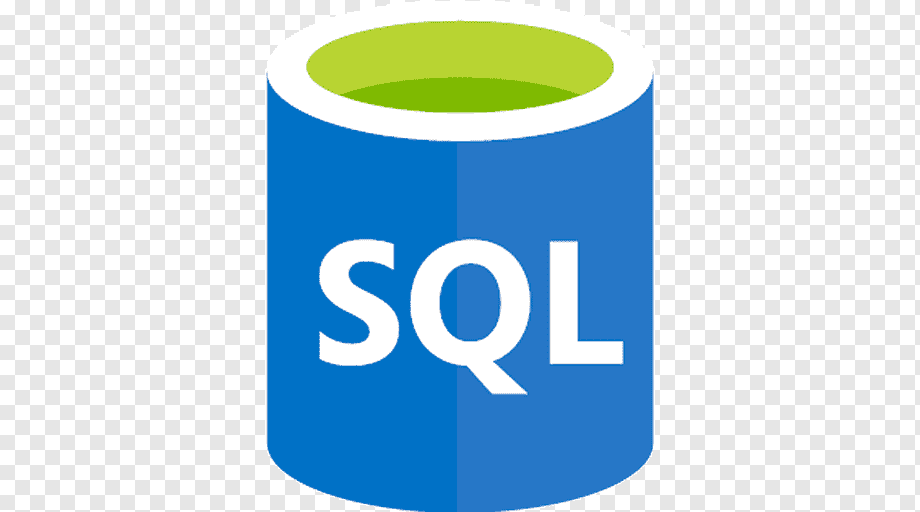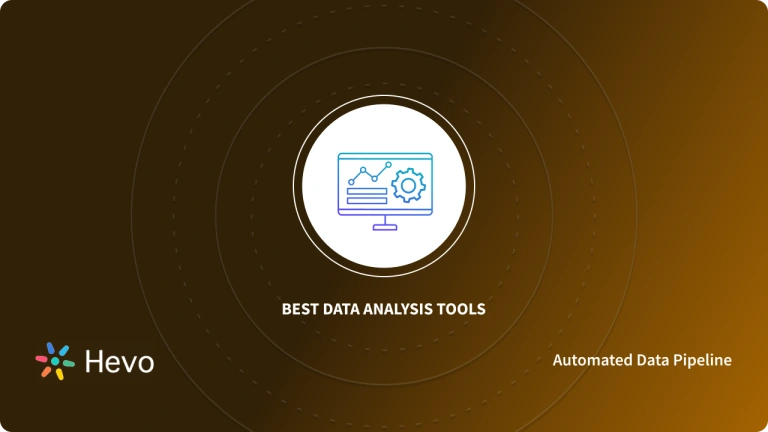SQL in data analytics is a very strong management and querying tool for relational databases. Because of its simple syntax, it has been used in data-driven decision-making across various industries, and the robust capabilities of SQL have meant it has become an essential part of business intelligence. Analysts can retrieve, manipulate, and analyze large data sets with SQL.
In this blog, we will discuss why SQL is so valuable in data analytics. Its features, practical use cases, basic queries, essential techniques, and the benefits and limitations of using SQL in data analytics will be covered.
Table of Contents
What is SQL?

SQL(Structured Query Language) is a programming language designed specifically to interact with relational databases. It plays an important role in managing, retrieving, and analyzing data. SQL allows users to carry out quite a wide variety of operations ranging from simple retrieval and filtering of data to joins, aggregations, and modifications of large datasets.
SQL enables data analysts to quickly extract insights, transform data, and prepare data for reporting. The primary reasons SQL is widespread across industry applications have been its ease of use, its ability to solve the widest spectrum of jobs, and its compatibility with so many database systems, including MySQL, PostgreSQL, Oracle, and SQL Server.
What is SQL for Data Analytics?
SQL in data analytics is the usage of SQL, which specifically follows this structured query language to analyze and interpret data in a relational database. Here’s how SQL serves data analytics:
- Data-driven decisions: This allows businesses to gain access to insights driving strategic decision-making so that data-informed business intelligence and reporting can be made.
- Data Extraction: SQL will easily enable analysts to extract data from huge datasets by using a SELECT statement to extract relevant data for analysis.
- Data Cleanliness: WHERE clauses help clean up the data by filtering unwanted data based on specific criteria, thus focusing on pertinent information.
- Data Aggregation: Functions like COUNT, SUM, AVG, MIN, and MAX allow summarizing data to pull information from it- these are averages or the sum of values across records.
- Data Transformation: SQL allows joins, subqueries, and CASE statements that enable the combination and transformation of data to gain better insights into complex datasets.
- Data Preparation: Analysts can clean data and make it ‘work-ready’ using SQL, preparing cleaned datasets in order to either visualize or further analyze them.
Hevo helps you migrate your data from multiple sources to a single destination, creating a single source of truth. Easily make your data analysis ready for your data visualization.
Hevo helps you with:
- Seamless Integration: Consolidate data from multiple sources into one destination.
- Single Source of Truth: Ensure accurate and consistent data for your analysis.
- Analysis-Ready Data: Transform and prepare your data for immediate use.
Experience hassle-free data migration with Hevo. Explore Hevo’s capabilities with a free personalized demo and see how you can benefit.
Get Started with Hevo for FreeTools Integrating SQL for Data Analytics
Many tools provide SQL integration with advanced analytics capabilities. Some of the popular ones are:
- MySQL, PostgreSQL, and SQL Server: Reliable, open-source, and widely used database management systems for analytics.
- Cloud-based Tools: BigQuery and Amazon Redshift are cloud-based solutions that allow fast querying and analytics on massive datasets.
- BI Tools: Tableau and Power BI are two business intelligence tools that interact with SQL-type databases to make meaning of the data and create meaningful data visualization.
- ETL Tools: ETL tools like Hevo transfer data from all sources to SQL-compatible warehouses, making it possible to prepare data for analytics overall.
Basic SQL Queries in Data Analytics
- SELECT: Retrieves information from tables.
Syntax:
SELECT column1, column2, …
FROM table_name;Example:
SELECT first_name, last_name
FROM employees;- WHERE: Filters the data based on specified conditions.
Syntax:
SELECT column1, column2, …
FROM table_name
WHERE condition;Example:
SELECT first_name, last_name
FROM employeesWHERE department = ‘Sales’;
- JOIN: This merges data from two or more tables based on common columns.
Syntax:
SELECT table1.column1, table2.column2, …
FROM table1
JOIN table2 ON table1.common_column = table2.common_column;Example:
SELECT employees.first_name, departments.department_name
FROM employees
JOIN departments ON employees.department_id = departments.department_id;- GROUP BY and Aggregations (like COUNT, SUM, AVG): To summarize the data.
Syntax:
SELECT column1, AGGREGATE_FUNCTION(column2)
FROM table_name
GROUP BY column1;Example:
SELECT department, COUNT(employee_id) AS num_employees
FROM employees
GROUP BY department;Techniques Used in SQL for Data Analytics
Window Functions
The window function performs row-wise calculations in an appropriate window of the data.
Syntax
SELECT column1,
WINDOW_FUNCTION() OVER (PARTITION BY column2 ORDER BY column3)
FROM table_name;Example
SELECT name, salary,
RANK() OVER (ORDER BY salary DESC) AS salary_rank
FROM employees;Subqueries-Nested Queries
Subqueries are provided to support querying data from another query’s result.
Syntax
SELECT column1
FROM table_name
WHERE column2 IN (SELECT column FROM another_table WHERE condition);Example
SELECT name
FROM employees
WHERE department_id IN (SELECT id FROM departments WHERE location = 'New York');Common Table Expressions (CTEs)
CTEs return temporary result sets that make complex queries much easier.
Syntax
WITH cte_name AS (
SELECT column1, column2
FROM table_name
WHERE condition
)
SELECT column1
FROM cte_name;Example
WITH department_totals AS (
SELECT department_id, COUNT(*) AS num_employees
FROM employees
GROUP BY department_id
)
SELECT department_id, num_employees
FROM department_totals
WHERE num_employees > 5;Advantages of SQL in Data Analytics
- Cost-Effective: SQL is also an affordable analysis tool for the database, which many times users have included free of charge in the software installed, thereby saving the cost of expensive, extra payable software.
- Greater speed in querying large datasets: SQL queries are designed for retrieving and analyzing large amounts of data quickly.
- Data integrity and accuracy: Since SQL has structure and syntax, no data is lost; hence, results are consistent and reliable.
- Universal Compatibility: SQL works on multiple types of databases and platforms, so it can reach analysts wherever they are located in the world.
You can also take a look at our detailed guide on ETL and SQL to understand how SQL plays a crucial role in ETL processes.
Limitations of Using SQL in Data Analytics
- Lack of Advanced Data Processing: SQL does not perform any advanced data processing on unstructured data, while it is quite effective with structured data.
- Performance Constraints: Very large, complex queries can be slow, especially without proper indexing.
- Limited Machine Learning Capabilities: Only limited, extrinsic machine learning or advanced predictive analytics capabilities exist for SQL.
- Dependence on Relational Databases: SQL ties one to structured, relational data and may not work well with NoSQL data models.
Conclusion
To sum it up, SQL plays a pivotal role in data analytics, equipping the user with powerful filtering, aggregation, transformation, and joining of data in ways that could otherwise make it more difficult to uncover insights and make decisions with data. Window functions, subqueries, and CTEs add power to SQL capabilities to analyze more complex requirements by addressing the varied needs of different industries, but the challenge this imposes is the additional management of data pipelines as more sources of data are used. This is where Hevo saves the day!
Hevo’s no-code data pipeline platform comes with 150+ integration capabilities that simplify the ingestion, transformation, and analysis of data right in your analytics database.
Want to take Hevo for a spin? SIGN UP and experience the feature-rich Hevo suite firsthand. You can also have a look at the unbeatable Hevo pricing that will help you choose the right plan for your business needs.
FAQs
How is SQL used in data analytics?
SQL is used to extract, filter, and analyze data by querying databases, enabling data analysts to get insights, summarize information, and data patterns to support decision-making.
Which SQL is best for data analysis?
SQL versions like PostgreSQL, MySQL and Microsoft SQL Server also happen to be some of the most widely used data analysis software tools. However, while performing analytical work, PostgreSQL is preferred because of its rich functions and data manipulation capability.
How much SQL is needed for a data analyst?
A data analyst should know the basics of SQL, including SELECT, JOIN, WHERE, GROUP BY, and functions like COUNT and AVG, plus advanced techniques like subqueries and window functions for deeper insights.












